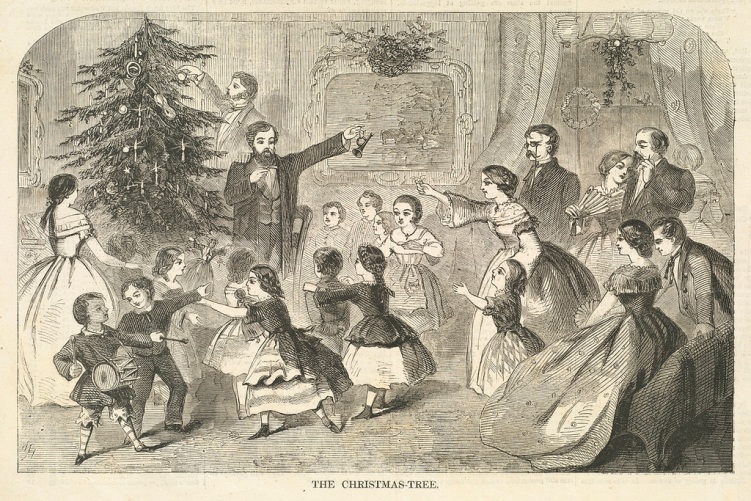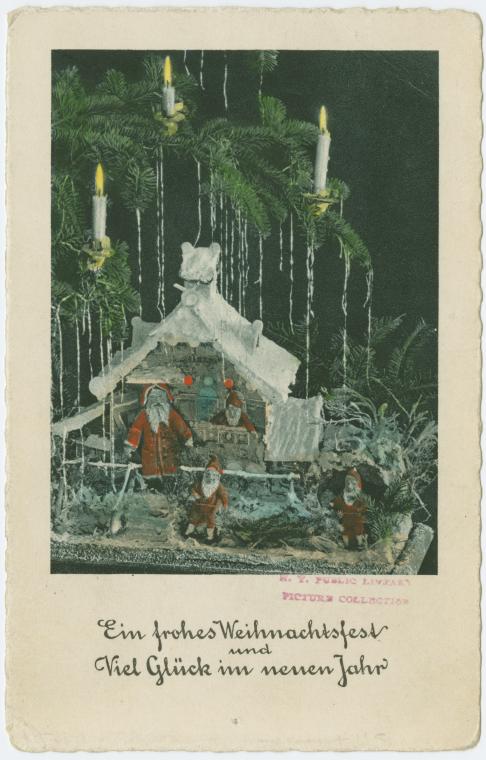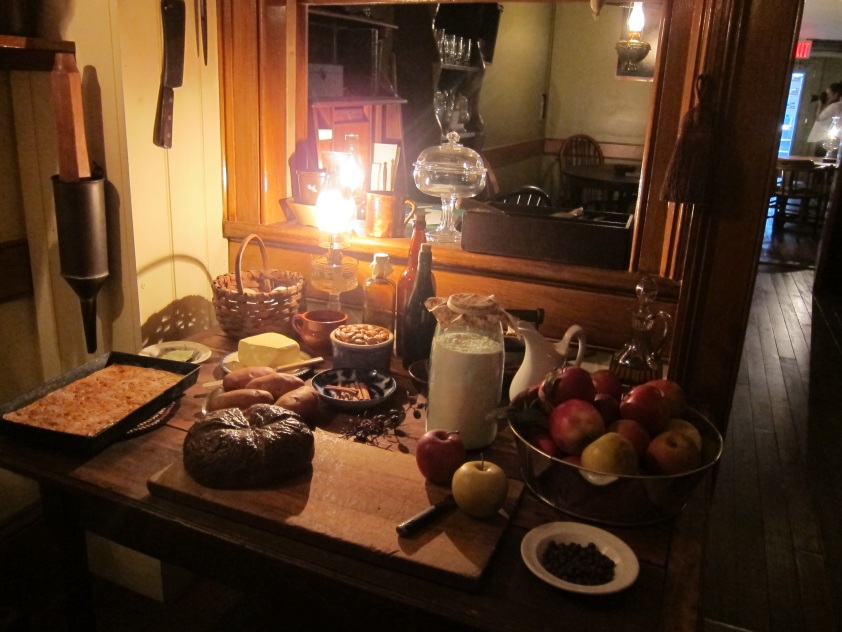Blog Archive
German Christmas
December 27, 2012
A few months ago we talked about how we have the German-American immigrants to thank for beer on Sundays (which Jets fans appreciate every week.) This month, we can also credit German immigrants with some beloved Christmas traditions.
Many early American immigrants were fairly orthodox in their Puritan beliefs, so Christmas revelry was frowned upon. Celebrations were banned in Boston until 1681, and Christmas wasn’t a national holiday until 1870. (You can read more about the Puritan “war on Christmas” in this recent New York Times column.) By then, the residents of Kleindeutschland—or “Little Germany”—in New York’s Lower East Side had brought many of their traditions with them. Whereas early Christmas celebrations tended to be more about feasting throughout all twelve days, for instance, with highlights noted on the Epiphany, or Three King’s Day, Germans highlighted Christmas Eve as the time for revealing the tree and exchanging gifts.

“The Christmas Tree” engraving by Winslow Homer originally published in Harper’s Weekly, 1858. Courtesy of Boston Public Library.
One of the holiday’s most emblematic decorations—both then and now—is the Christmas tree. Ancient Romans celebrated the solstice holiday of Saturnalia by decorating their homes with evergreen boughs. Sixteenth-century Germans borrowed from that tradition by bringing decorated trees into their homes. Martin Luther, the Protestant German reformer, is credited with first adding candles to trees—precursors of the vibrant electric string lights we use today. (In the days before electricity at 97 Orchard Street, most of the residents would also have decorated their trees with real candles, which certainly could have been the cause of one of the several fires in the building’s history!)

“Ein frohes Weihnachtsfest und viel Glück im neuen Jahr” / A Merry Christmas and Happy New Year. Courtesy of New York Public Library.
The Schneiders’ German bier saloon at 97 Orchard in the 1870s would probably have marked the holiday with a tree, and also with some essential foods. Glühwein, a mulled wine with spices, was a tradition at most Christmas markets, and John Schneider might have served it alongside the traditional lager for some festive cheer. Caroline Schneider would likely have made Lebkuchen, a traditional Christmas cookie, as part of her free lunch for customers, which you can see on display in Shop Life!
—Posted by Emily Mitzner

